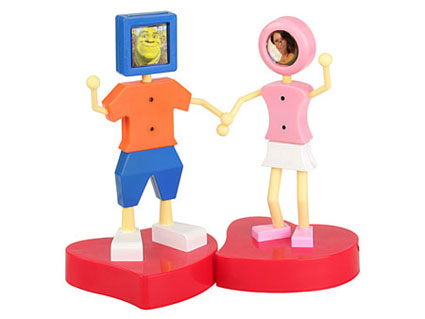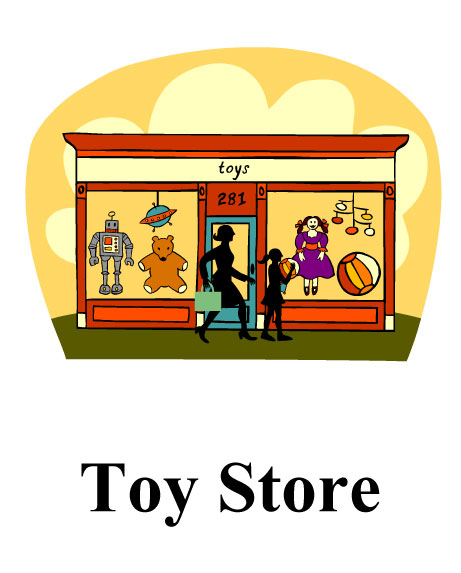User:Karen Tran
From CS 160 Fall 2008
Contents |
Making Friends Journey
Target User Group
Everybody remembers the old days of their childhood when they loved to pop in a video tape of Barney’s, feeling ourselves completely immerged into the story, singing along with the songs, clapping along with the characters, and ending the tape with a new lesson learned. Nowadays, with the emergence of games, video and online, we see more and more kids getting, for lack of better words, addicted to playing games. One way we could bring teaching to kids without dealing with their resentment of being torn away from the games is to incorporate teaching into video games.
Problem Description
Many children have trouble making friends. For kindergarten kids, leaving the shelter of their protective homes to enter an entirely different environment of school where they have to develop social skills to interact with their peers could be quite a negative experience. One can usually interact easily with family. But meeting new people, talking in a group, or speaking in public can cause his/her extreme shyness to kick in. There is always someone in the class who is too shy to volunteer to answer in class, to read aloud, or to give a presentation.
Problem Context and Forces
Childhood social problems range from the toy sharing troubles to more complicated issues with peer relations. Many parents have a tendency to step in and direct a child’s relationships with his peers, dictating how and when to share, when to say sorry and how to negotiate. Yet, consistently doing the thinking for a child can leave him with little problem solving ability of his own. One way to teach your child to problem solve is to practice before entering social situations. Recognizing, anticipating and responding to a playmate's emotional reactions are key components in the comprehension of daily social discourse.
Solution Sketch
The objective of the game is to help kids becomes more comfortable with social situations. Instead of having a ‘teacher’ to give guidance to the user, the user will be provided with a peer, who will accompany the user throughout the journey.
The user picks a journey; it could be collecting letters to spell out a word, or finding numbers to add up to a sum, etc. The game starts out with many kids who the user is not friends with yet. Each kid has the letter/number that the user would like to trade with. Each phase of the journey, the user will learn how to share, how to make friends, how to make the first approach. The virtual peer will aid in helping the user to recognize facial emotions (happy, sad, angry, etc). At the end of each phase, the user will make a new friend, with whom s/he would be able to trade a desired item. At the end of the journey, the user will be awarded with a star. The user can collect star to trade for a desired toy in the toy store.
In the beginning, the user can either pick a spelling bee contest or a math wizard contest.
Then, the user can pick a 'peer' to accompany him/her through the journey.
to attain each piece of the goal (a letter or a number), the user has to accomplish a task - such as approaching a classmate.
The user can use the star at the end of each journey to buy a toy.




